Many people flock to Sardegna for the perfect blue skies and spectacular coastline, opting for seafood in the Mediterranean heat but I think this is a mistake. They are overlooking the tradition of this pastoral island and the unique culture of the Sardinians.
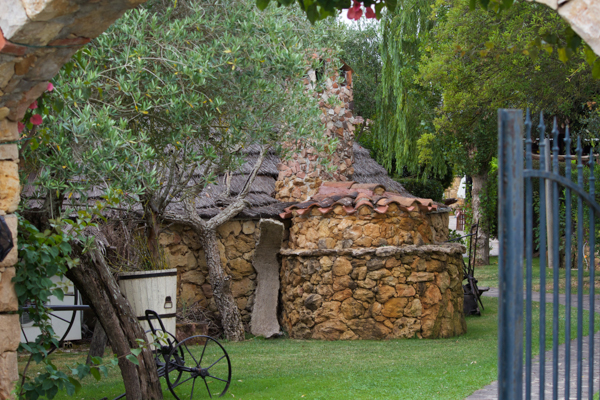
Sa Mandra
We stayed at a farm hotel (agriturismo) near Alghero called Sa Mandra, which literally oozes charm and character. The place is chock full of antique farm and kitchen equipment, frescoes, traditional housing and is dedicated to preservation of the local culinary heritage. Although seemingly in a remote location, people appear out of nowhere every night for their extensive dinners featuring porcetta (spit-roasted suckling pig). They also have extensive play areas for the children with cute homemade wooden animals and vehicles, real horses, goats, donkeys, chickens, geese and most importantly, a farm across the fields where they make cheese and salumi. (The livestock for these products however live elsewhere.)
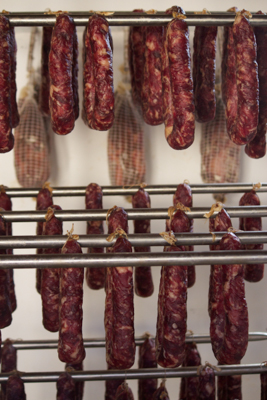
Sa Mandra‘s homemade sausages
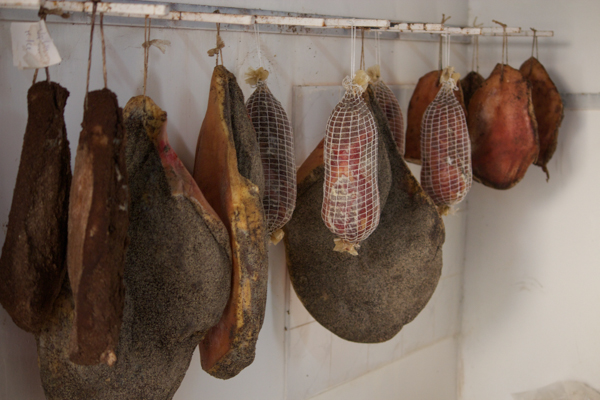
Guanciale, proscuitto and pancetta arrotolata
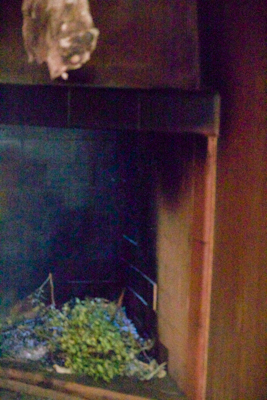
The smoke room with aromatic plants being used to smoke the salumi
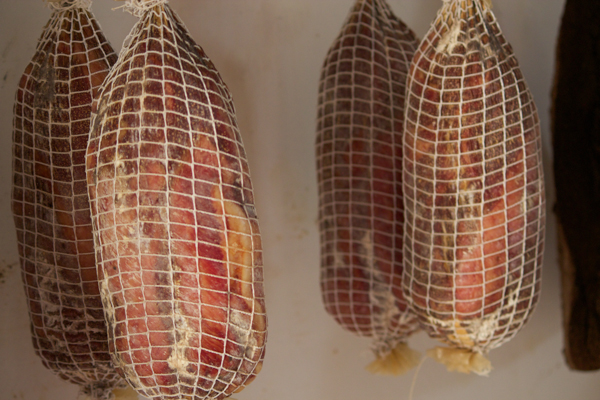
Lombata
Also in the farm there was a smoke house and store rooms for salumi such as homemade guanciale, sausage, capocollo and coppa. We had tasted them all the night before as well as the homemade pancetta arrotolata and prosciutto, all sliced paper-thin. They were delicious. I have to admit a fear I probably gained from growing up in health conscious California. I dread eating slices of white fat of any animal. Their pancetta arrotolata cured me of this fear as it was the most delicious of them all.
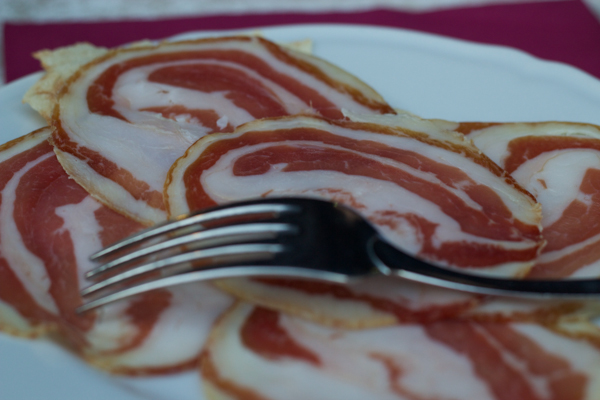
Pancetta arrotolata
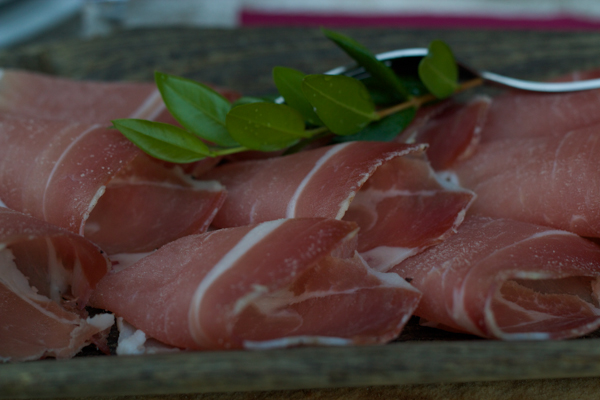
Prosciutto
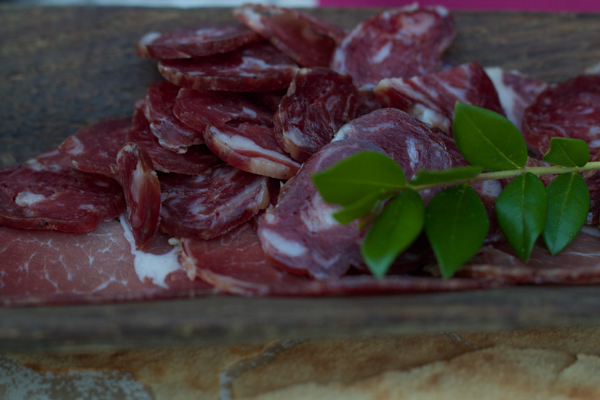
Sardinian cured sausage
Considering that Sardinian livelihood was previously largely pastoral, it is of no surprise that the cuisine is meat and cheese laden. We had excellent starters of a mixed selection of salumi or cheeses.
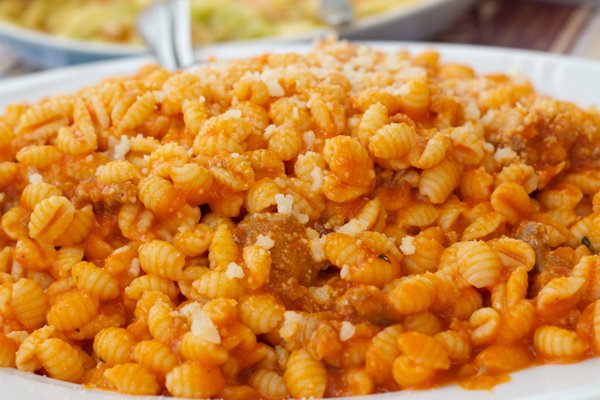
Mallorredos with sausage

Maharrones de busa con pomodoro (fresh pasta with tomato sauce)
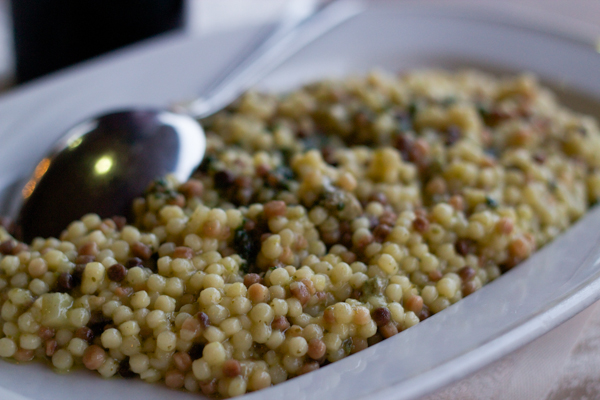
Fregola con capretto (goat fregola)
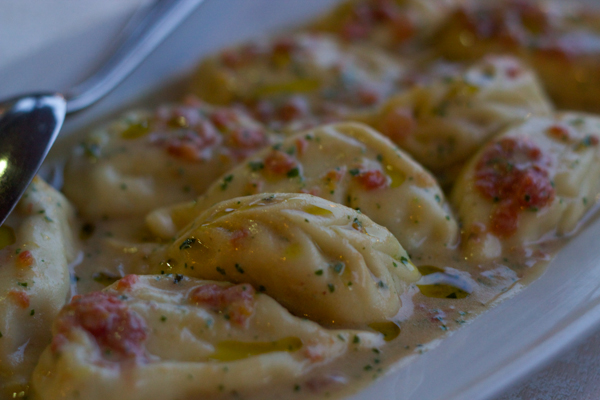
Culurjones (pasta stuffed with potato)
Traditional first courses involved fregola (similar to Israeli couscous but with larger grains) with sausage, kid goat or seafood, ravioli stuffed with cheese in tomato sauce or herb sauce, mallorredus (Sardinian gnocchi) with tomato sauce served plain or with sausage or lamb.
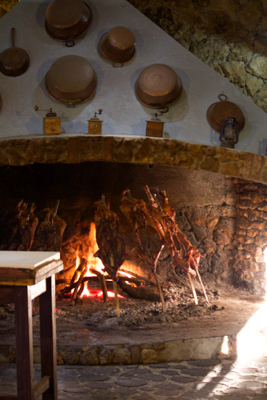
Porcetto (suckling pig) being roasted
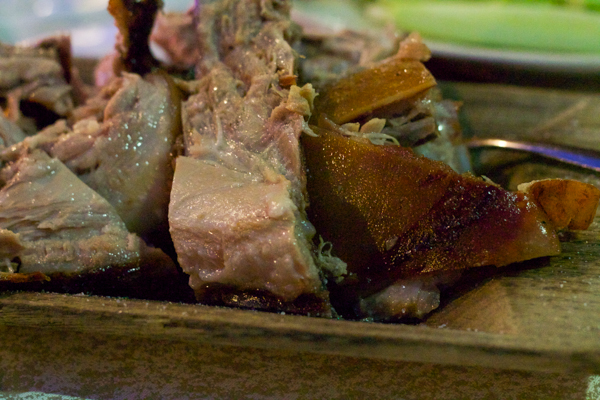
Porcetto (roast suckling pig)
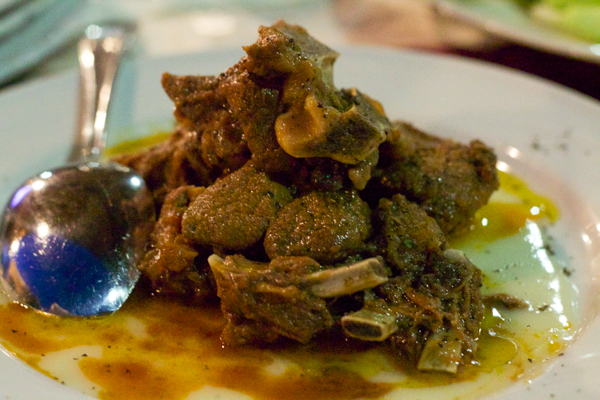
Ghisadu (lamb stew)
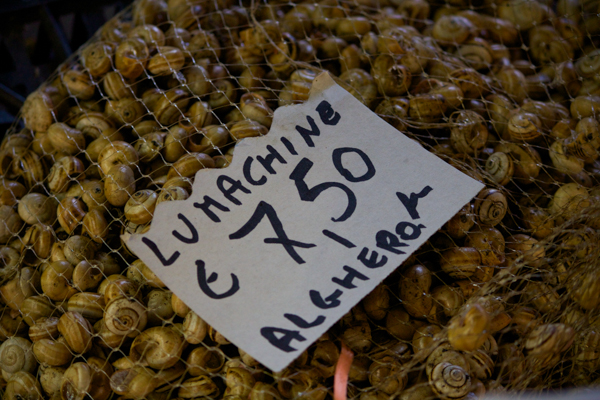
Lumachine (snails)
Traditional meat main courses included ghisadu (lamb stew), porcetto, wild boar and snails.
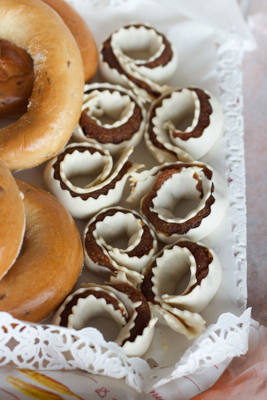
Tiricche (semolina biscuits flavoured with almonds, wine must and orange)
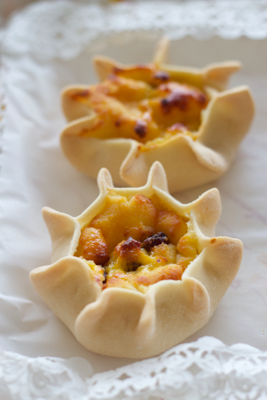
Casadinas / Ricottelle (semolina tarts filled with ricotta and raisins)
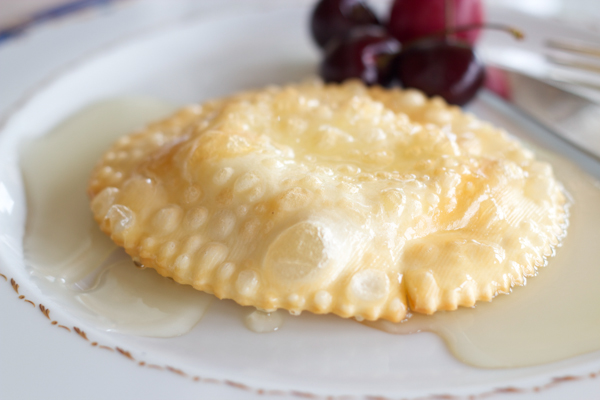
Seadas (deep-fried pastry filled with cheese and topped with honey)
Desserts involved different types of biscuits, casadinas (tarts filled with ricotta cheese), seadas (deep-fried pastry filled with cheese and coated in honey) and formagelle (similar to casadinas but smaller with a cake-like filling made with cheese).
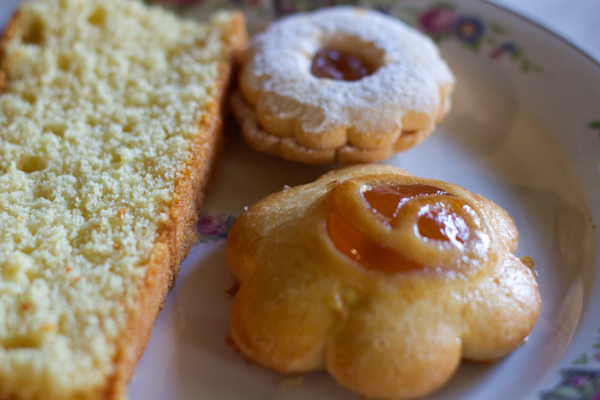
Casarecce (shortbread biscuits with apricot jam -front)
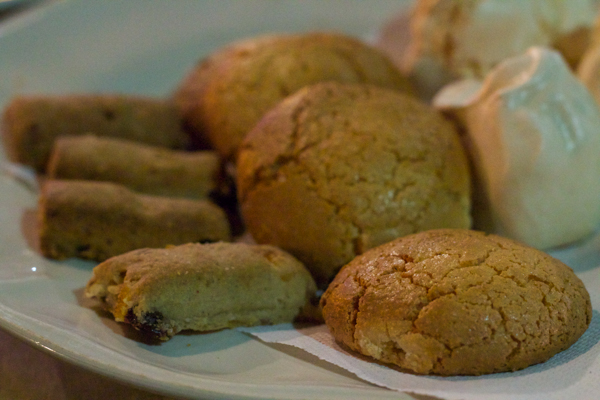
Biscuits: Pabassinas and Amarettos
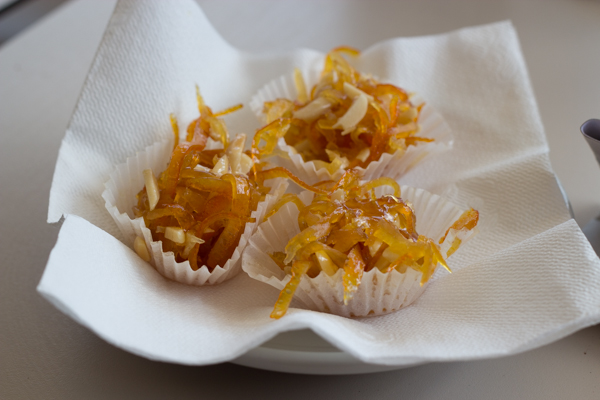
Aranzada (orange zest cooked in honey and mixed with almonds)
If you do come to Sardegna to enjoy the beaches, do head away from the beachside restaurants catering to tourists to try a traditional restaurant serving local specialties at least once. You won’t regret it.
Recipe: Maiale Sardo al forno (oven-roasted pork)
Secondo (Main course)
Serves 8 to 10
Ingredients:
2 kilo pork shoulder, washed and dried
2 handfuls of myrtle leaves, fresh or dried (can substitute 4 bay leaves and 2 rosemary sprigs if myrtle is unavailable)
60 grams lardo (can substitute olive oil if you prefer)
1 sprig rosemary, rinsed and dried
Sea salt
Freshly ground black pepper
Instructions:
Cut the skin of the shoulder in ½ cm apart lines diagonally across the fat without cutting down into the meat, turn the shoulder around and cut back across in the other direction again ½ cm apart so that you have diamonds in the skin. Take some sea salt and rub it into the skin. Place the meat on a tray and leave it in the refrigerator overnight.
Heat the oven to 220 C. Remove the pork from the refrigerator. Using a hair dryer, blow the skin dry for 30 minutes. Take some more salt and massage it into the skin. Put salt and pepper on the meat and place the myrtle leaves on a roasting tray (a wire grid over a tray to collect the juices). Place the pork on top of the myrtle. In a small frying pan, heat the lardo over medium heat with a sprig of rosemary until fragrant (the rosemary should not be black and burnt). Pour the hot grease over the skin. Put a separate tray of water in the bottom of the oven. Add the roasting tray with the pork on it just above and roast for 15 minutes. Turn the heat down to 170C and roast for another 2 hours and 15 minutes. Remove the pork from the oven and allow it to rest for 20 minutes before slicing and serving.
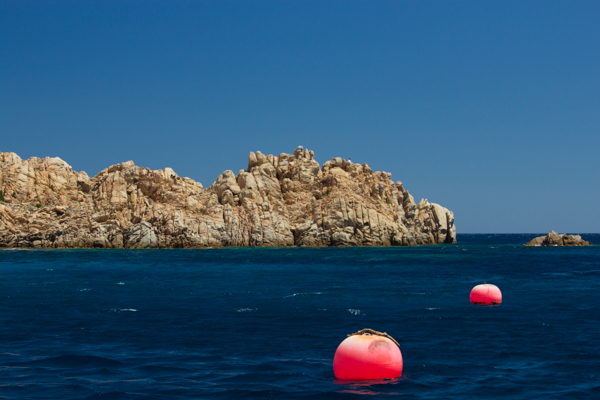

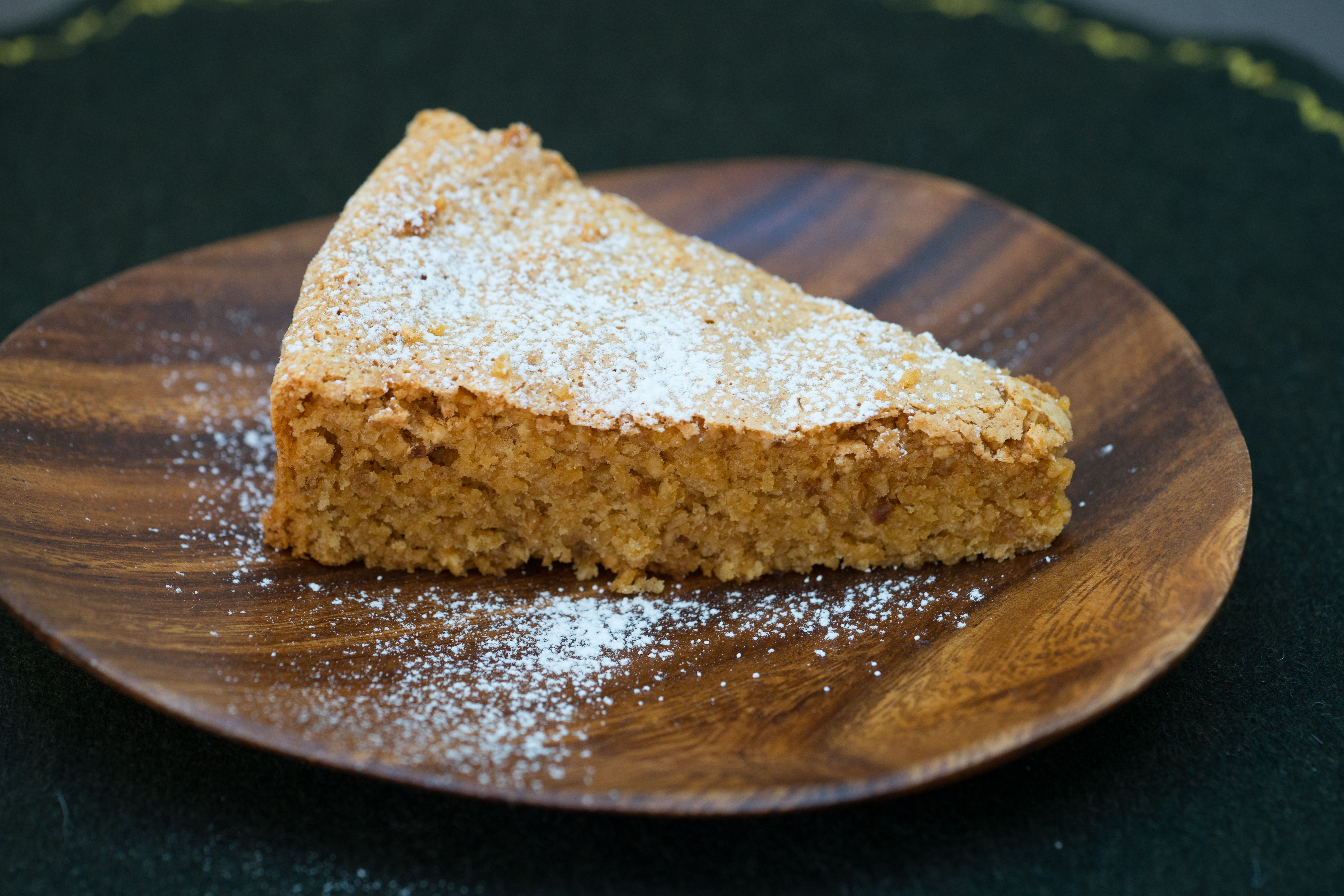
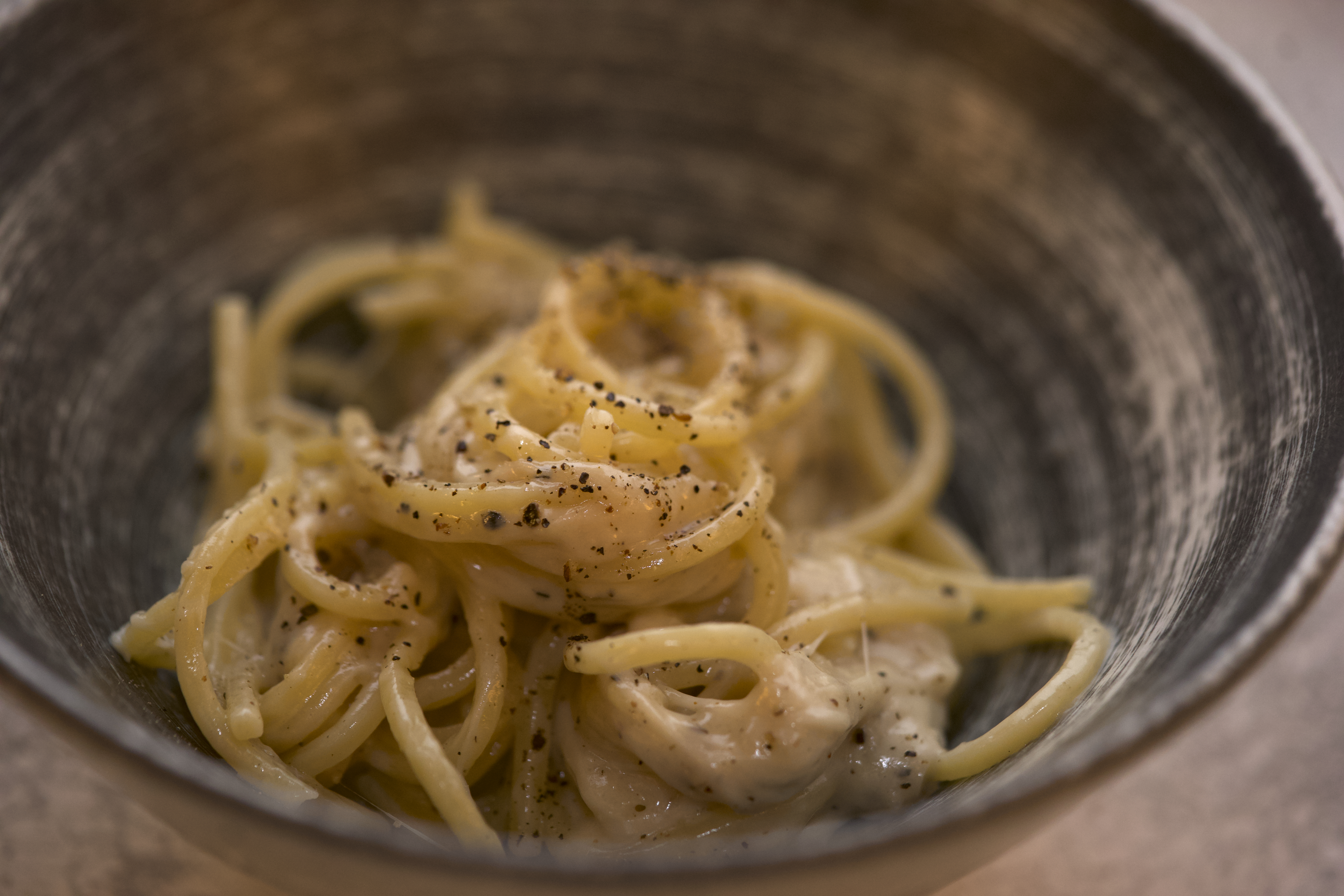
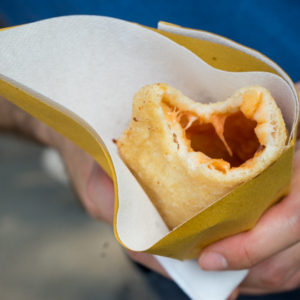
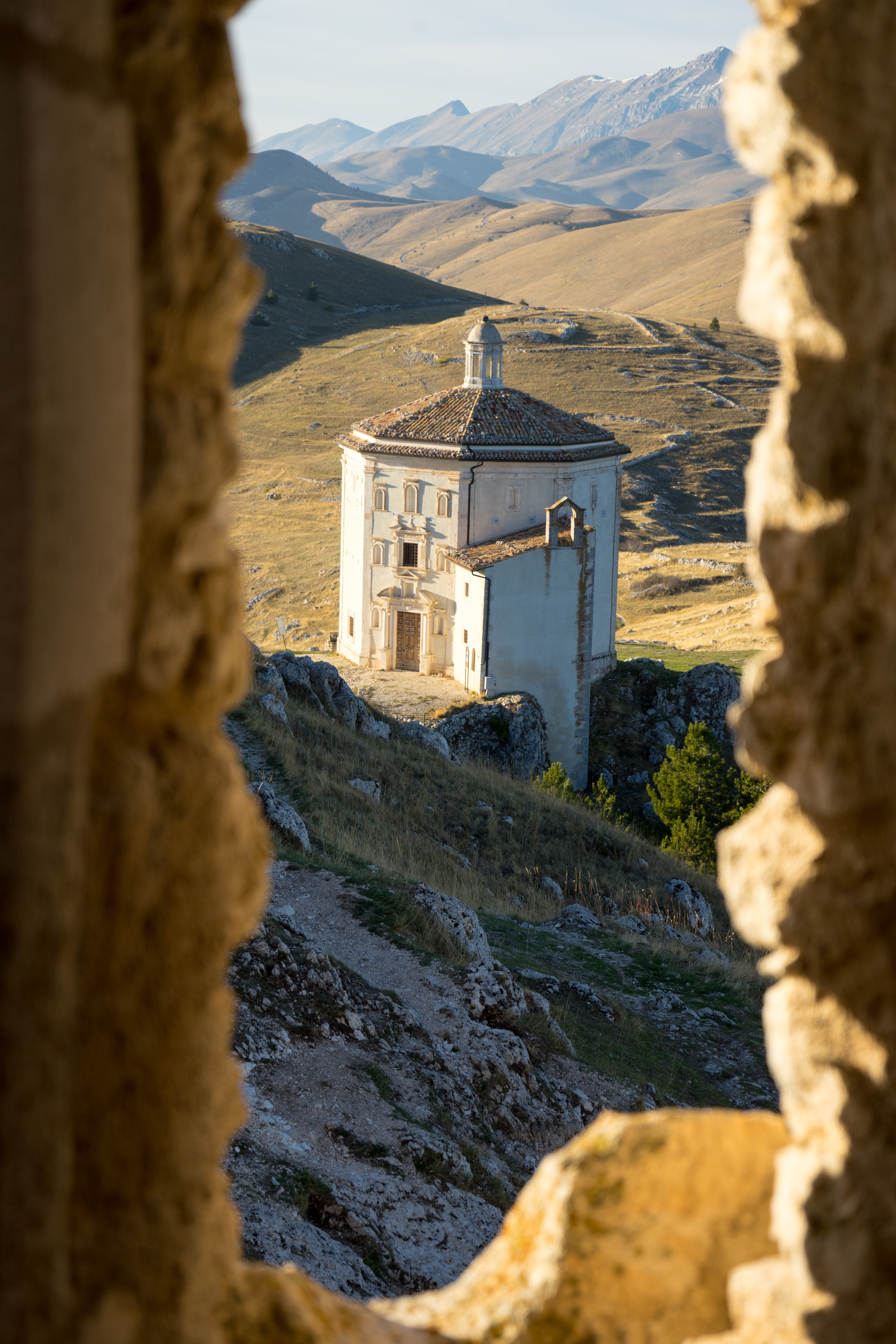
Leave a Reply